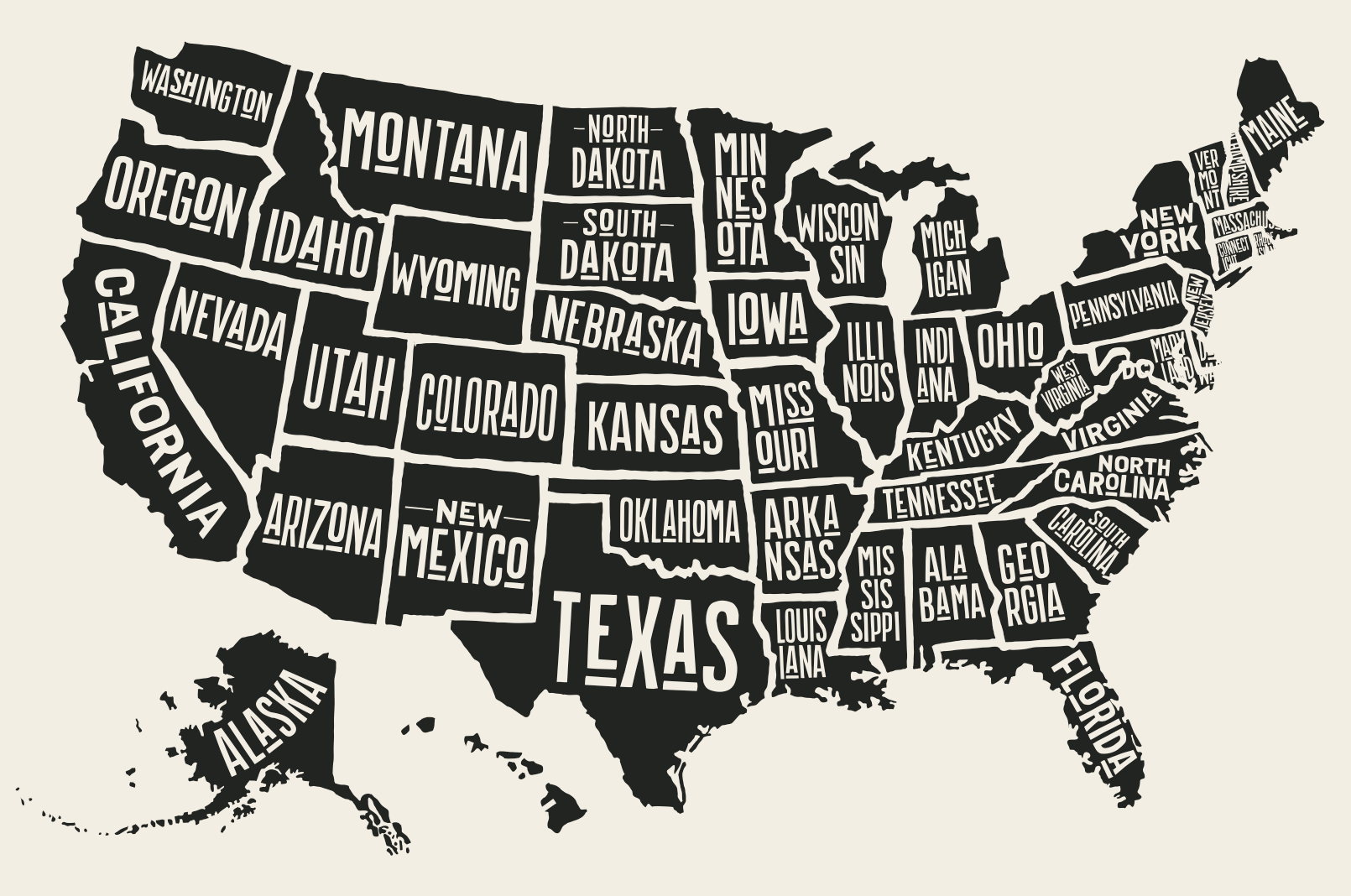Alcoholism can most certainly strike in many ways. There are those who slowly develop a consistent habit over a period of years and there are those who aggressively consume wine, beer and spirits on a regular basis. Both deserve attention, but scenario two (which we all know as binge drinking) has raised more research flags in recent months. In fact, The Centers for Disease Control and Prevention (also known as the CDC) put together a study on its impact across the nation.
The CDC’s report, published in January of this year, examined trends among American binge drinkers. It also broke out the consistency state by state. When it comes to the overall facts, it looks as though roughly 18 percent of all U.S. citizens binge drink on a regular basis. Of that, the demographic most impacted was males aged 35 to 44 years old.
Binge drinking, of course, can be a very deadly habit, with fatalities often occurring at any given moment. Per the CDC’s research, excessive alcohol consumption accounts for 1 out of every 10 deaths among U.S. adults over the age of 21. And that number is steadily increasing. In 2017, for example, there were over 72,000 alcohol-related fatalities. In 1999, that number was under 36,000.
The other interesting component of the research was how this type behavior occurs within specific regions. Breaking down the country, it highlighted the five states where binge drinking is at its worst. Indiana and Maine, for example, tied for fifth; accounting for 760 binge drinks within a given year. Ohio was next on the list, with a tally of 764; followed by Arkansas (774), Idaho (793) and finally Wyoming (1,219). California, our home turf, was lower on the list with 460 drinks, as were most states with big cities.
The interesting takeaway that we found from all of this was the impact binge drinking was having on rural America. There are certainly theories as to why people in these areas indulge in excessive alcoholism (boredom, for example, was listed as a reason), but the fact is all of these numbers are far too high.
The CDC researchers recommended tightening laws around drinking and alcohol service as a preventative tactic. Their research did show that states with stricter rules had lower numbers overall.
“Binge drinking is strongly affected by the social context within which persons make their drinking decisions,” the researchers concluded. “For example, persons living in states with more restrictive alcohol policies are also less likely to binge drink and experience alcohol-attributable harms, including motor vehicle crash deaths, alcoholic liver cirrhosis, and alcohol-involved homicides and suicides than are persons living in states with less restrictive alcohol policies.”







